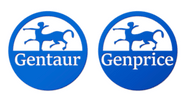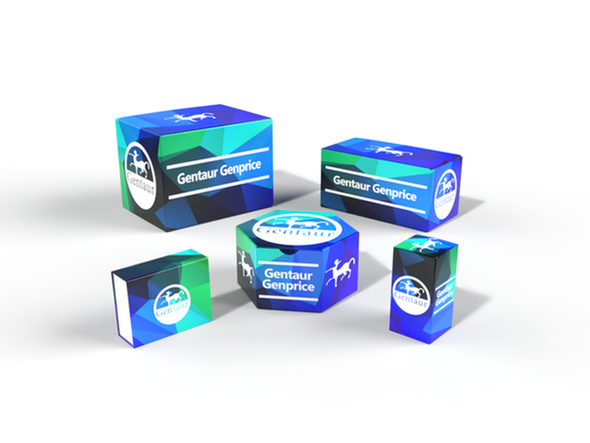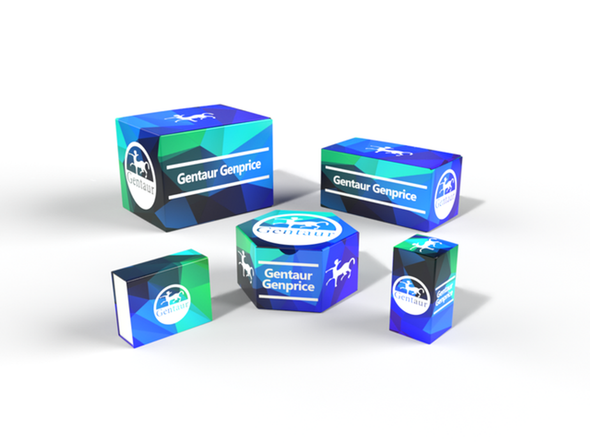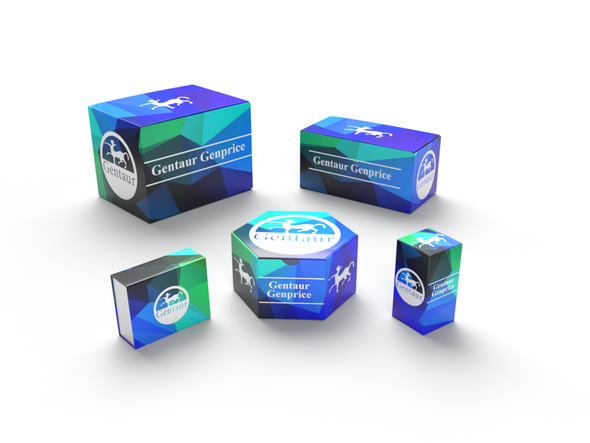Description
Actin alpha 2 Antibody | 28-671 | Gentaur UK, US & Europe Distribution
Host: Rabbit
Reactivity: Mouse, Rat
Homology: N/A
Immunogen: Antibody produced in rabbits immunized with a synthetic peptide corresponding a region of mouse Actin alpha 2.
Research Area: Transcription
Tested Application: E, WB
Application: Actin alpha 2 antibody can be used for detection of Actin alpha 2 by ELISA at 1:312500. Actin alpha 2 antibody can be used for detection of Actin alpha 2 by western blot at 0.625 μg/mL, and HRP conjugated secondary antibody should be diluted 1:50, 000 - 100, 000.
Specificiy: N/A
Positive Control 1: Cat. No. 1407 - Mouse Skeletal Muscle Tissue Lysate
Positive Control 2: N/A
Positive Control 3: N/A
Positive Control 4: N/A
Positive Control 5: N/A
Positive Control 6: N/A
Molecular Weight: 98 kDa
Validation: N/A
Isoform: N/A
Purification: Antibody is purified by protein A chromatography method.
Clonality: Polyclonal
Clone: N/A
Isotype: N/A
Conjugate: Unconjugated
Physical State: Liquid
Buffer: Purified antibody supplied in 1x PBS buffer with 0.09% (w/v) sodium azide and 2% sucrose.
Concentration: batch dependent
Storage Condition: For short periods of storage (days) store at 4˚C. For longer periods of storage, store Actin alpha 2 antibody at -20˚C. As with any antibody avoid repeat freeze-thaw cycles.
Alternate Name: ACTN2, 1110008F24Rik
User Note: Optimal dilutions for each application to be determined by the researcher.
BACKGROUND: The alpha-actinins are a multigene family of four actin-binding proteins related to dystrophin. The two skeletal muscle isoforms of alpha-actinin (ACTN2 and ACTN3) are major structural components of the Z-line involved in anchoring the actin-containing thin filaments. In humans, ACTN2 is expressed in all muscle fibres, while ACTN3 expression is restricted to a subset of type 2 fibres. Murine Actn2 and Actn3 are differentially expressed, spatially and temporally, during embryonic development and, in contrast to humans, alpha-actinin-2 expression does not completely overlap alpha-actinin-3 in postnatal skeletal muscle, suggesting independent function.










